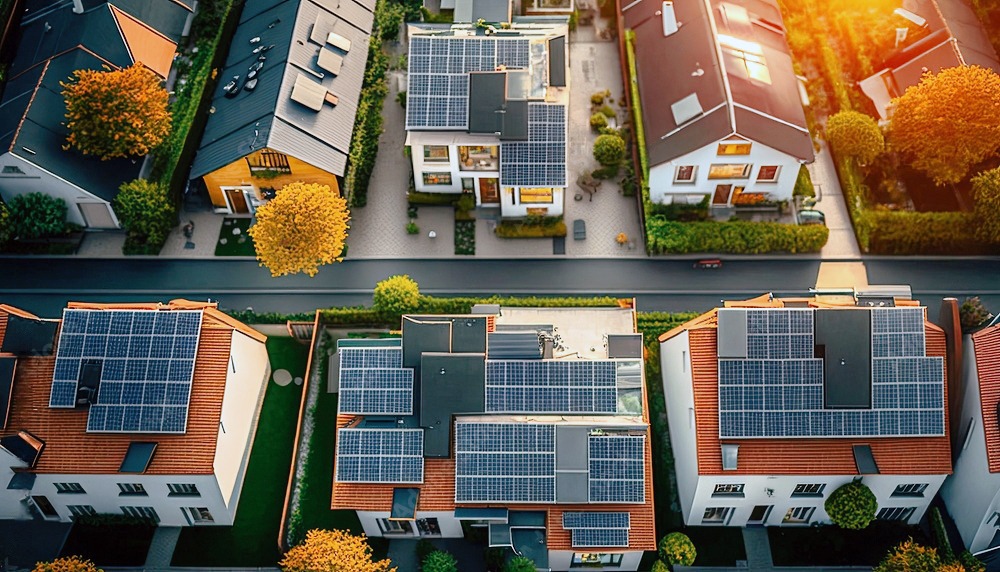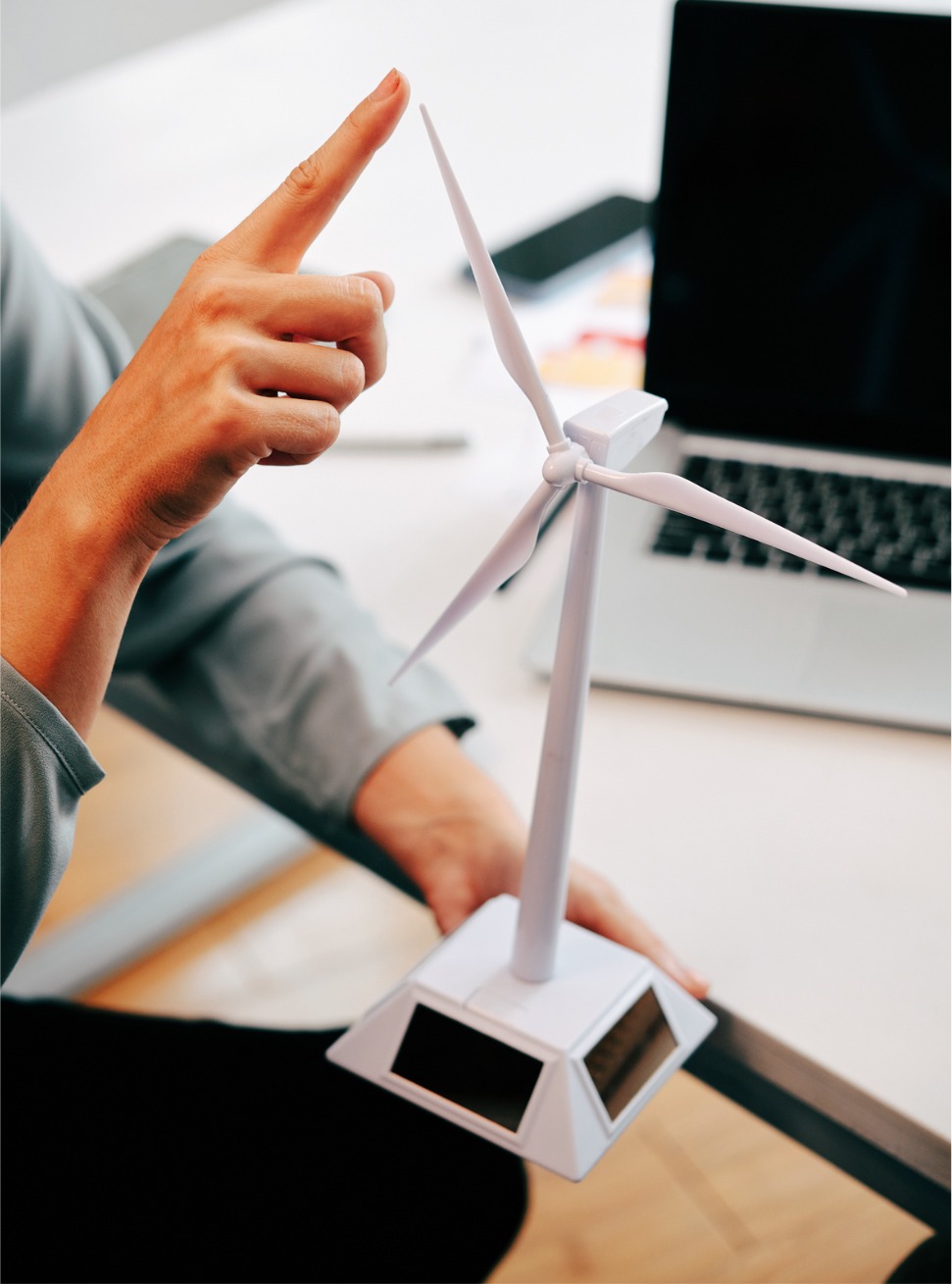Changing market conditions represent a significant risk factor for all businesses, not just those in energy-intensive sectors.
The CACER configurations (outlined in the TIAD and regulated by Legislative Decree 199/21, MASE’s DM414, and GSE’s Operational Rules) related to the three main models—Renewable Energy Communities, Collective Self-Consumption Groups, and Distance Individual Self-Consumption—offer an important opportunity for entities aiming to increase their energy autonomy and independence and/or those interested in developing renewable energy systems (RES).
These models, which can be integrated with existing renewable energy mechanisms (e.g., SSPC, etc.), can be adapted into numerous configurations to ensure a wide range of possibilities tailored to specific needs. However, this flexibility increases project complexity.
Byom offers services designed to support the structuring of initiatives aimed at reducing energy costs for businesses and/or increasing investment returns through the 20-year incentives available for CACER. Additionally, these projects may benefit from further non-repayable funding provided by the NRRP and, under certain conditions, qualify for streamlined authorization processes.
A configuration for every need
The CACERs, or Renewable Energy Communities (in Italian Comunità Energetica Rinnovabile – CER), along with Collective Self-Consumption Groups (Gruppo di Autoconsumo Collettivo – GAC) and Distance Individual Self-Consumption (Autoconsumo Individuale a Distanza – AID), aim to extend the benefits of renewable energy systems to those who, due to distance, regulatory, organizational or economic reasons, cannot access them.
The driver that governs the 20-year incentive is no longer just the production of renewable energy, but the concept of “self-consumption” of the same energy in the area where it is produced. This “proximity” limit is represented by the connection of all consumption and injection points (PODs) to the same primary substation¹. Another constraint is the size of the individual system, which must not exceed 1MW (multiple power plants can contribute to the same configuration, even if the total exceed the 1MW limit). The minimum number of participants depends on the model adopted (one participant in AID², at least two in CERs and GACs).

Participation is open to any entity that holds a POD.
In the case of CERs, large enterprises cannot participate as internal members of the community but can play the role of a Third-Party Producer; on the other hand, large enterprises find in AID an investment model that offers multiple advantages.
The virtuous mechanism of self-consumption thus requires careful study to balance production and consumption within the configuration itself in order to deliver environmental, social, and economic benefits to investors and participants.
1 In Italy there are around 2,100 primary substations compared to over 8,000 municipalities
2 The client can include in the configuration all the PODs registered to the same VAT number that are connected to the same primary substation.
Energy Communities and more: What are the Advantages?
The Role of Byom and FusionCER for Energy Autonomy
Byom, through FusionCER aims to achieve significant goals in the brand-new sector of energy autonomy related to CACER models, such as Renewable Energy Communities (CER) and Distance Individual Self-Consumption (AID).
We oversee the entire value chain of our initiatives, from the feasibility study step to the structuring one, from construction to the management of plants and CACERs ensuring correct operation.
Byom support extends to:
- Environmental and administrative screening: identification of suitable areas and the applicable permitting process
- Technical screening: producibility, connection solution, etc.
- Technical and economic project analysis
- Identification of the best CACER configuration through the analysis of different Business Cases
…and furthermore, support in the development and permitting stage, project management, construction, and operational management of the plant.

FusionCER is a joint venture between Byom and the Amaranto Holding Group.
In 2021, FusionCER began its activities by structuring, in just 5 months, including access to feed in tariff, the Renewable Energy Community in the Municipality of Vitulano, achieving recognition from the GSE as the first incentivised CER in Italy.

Approximately 150 feasibility studies have been completed. Total acquired projects is around 40, equivalent to over 25 MWp. By the end of 2024, 15 CACER initiatives have been established. In particular, the feasibility study allows for determining the best configuration and preparing a business plan necessary for the structuring of the initiative.
FusionCER has a “toolbox” which includes technical, economic, financial and legal analysis tools for swift and effective projects implementation.
Roadmap
Definition of the drivers based on which to identify the initiatives being analysed
Preliminary screening of sites (grounds and paving stones) and identification of usable areas
The preliminary screening concerns, in relation to the type of intervention, the analysis of the environmental/territorial constraints of the sites for the purpose of constructing the PV plant. In this context, the potentially usable area will be identified with respect to the available surface taking into account the azimuthal exposure, homogeneity of the terrain, shading, urban and environmental restrictions and the buffer zones imposed by the Bodies, Authorities and Energy Distributors (DSO).
Authorization titles
Screening of the necessary authorizations for the construction of plants and network works based on the type and regional location of the interventions.
Yield Analysis
The Yield Analysis must examine the effects of environmental and operational factors on the energy performance of the most suitable photovoltaic (PV) system for the sites, such as levels of solar radiation, temperature, spectrum, dirt, tracking (if any), and others.
Connection to the DSO power grid
In this phase, we will proceed to a preliminary assessment of the type and costs of the connection of the single site.
Only after the connection request has been submitted and, subsequently, after obtaining the connection estimate, will it be possible to proceed with the analysis of the type of connection works to be implemented, the timing and the punctual estimate of costs.
ECONOMIC AND TECHNICAL ANALYSIS OF THE PROJECT
Evaluation of the alternatives currently available for the valorization of the energy produced on the basis of the power of the PV system, of the consumptions associable for any CACER configurations, including Renewable Energy Communities, also considering methods already present but always valid such as PPA on site, Self-production, etc.
Tools for valorising the energy produced
Evaluation of the alternatives currently available for the valorisation of the energy produced on the base of the power of the PV system, consumption associated for any configurations of self-consumption (TIAD) such as self-production or Renewable Energy Communities (RECs).
Presentation of the Business Cases





































